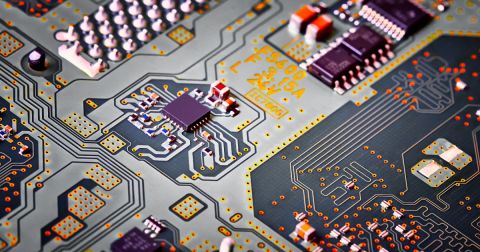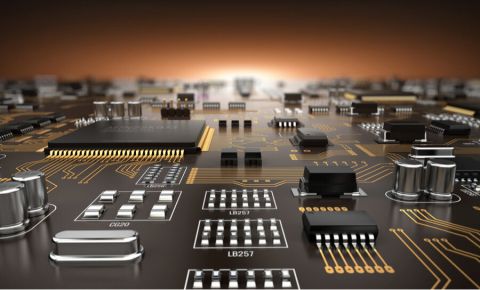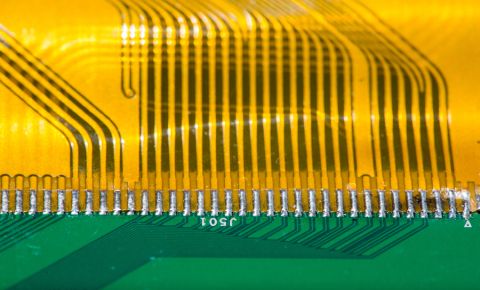Learning Hub
PCB Design
RF and Microwave PCB Design with John Bushie from American Standard Circuits [OnTrack Podcast]
RF and Microwave PCB Design with John Bushie from American Standard Circuits [OnTrack Podcast]
Created: March 20, 2018
Updated: March 16, 2020
Updated: March 16, 2020
Related Resources
Related Technical Documentation
Altium is transforming the electronics industry so thoroughly that our web pages need a minute to catch up. For a short time, some information on this page may be outdated.
We appreciate your patience. It will be worth the wait!
Learn More
Thank you, you are now subscribed to updates.
Product Extension
Company
Careers










